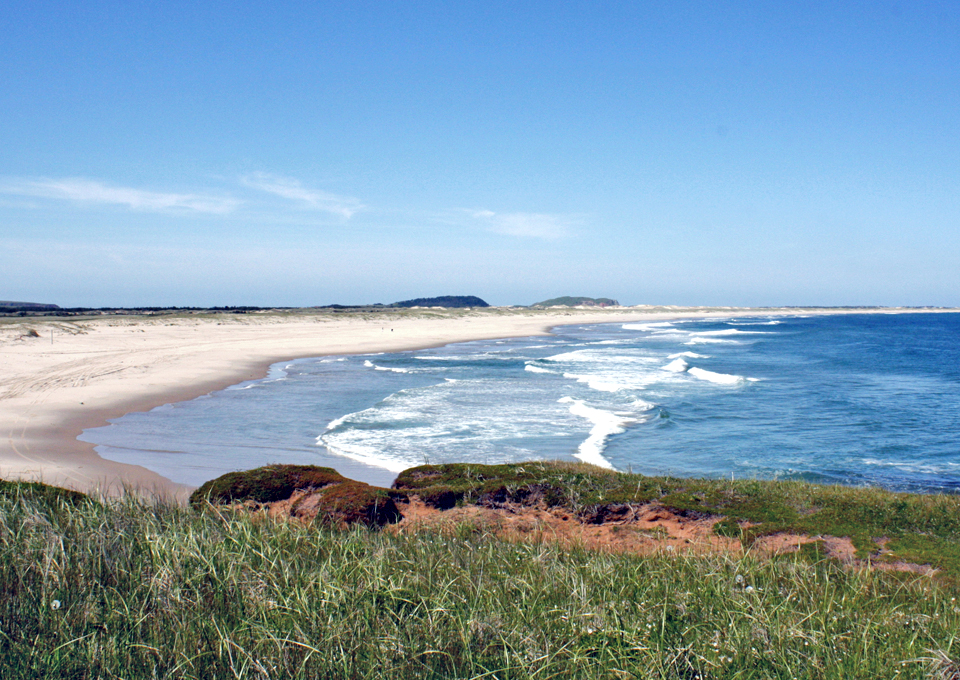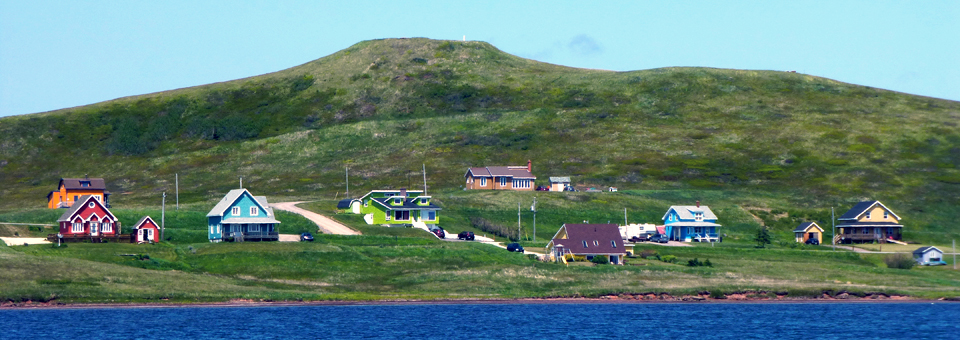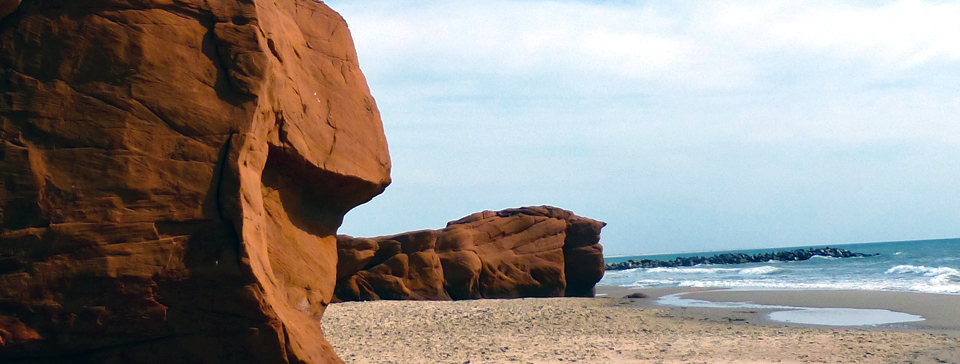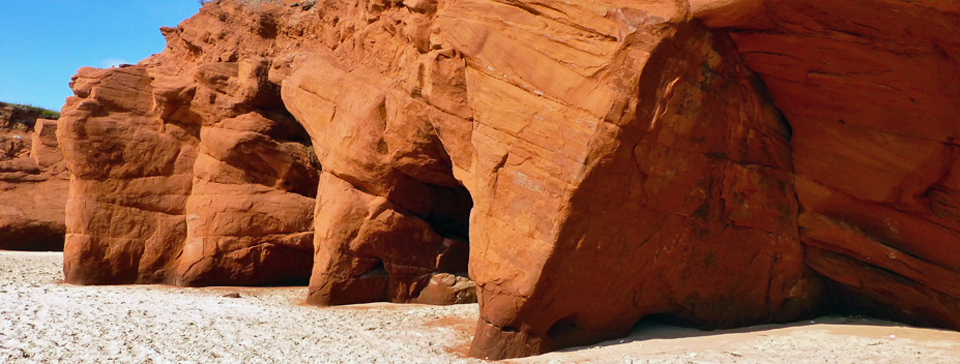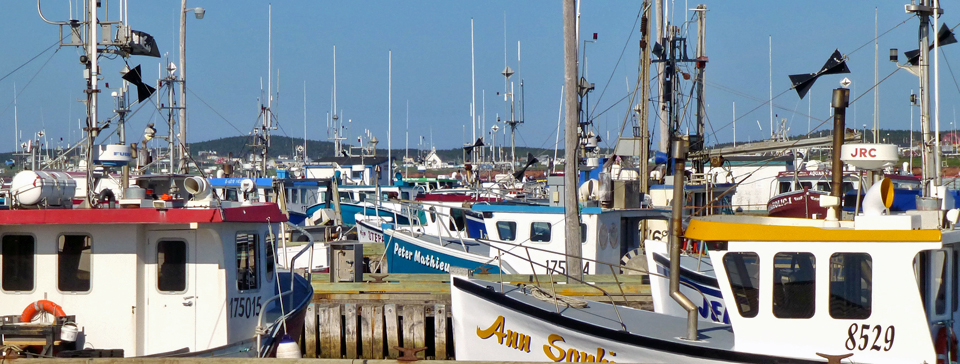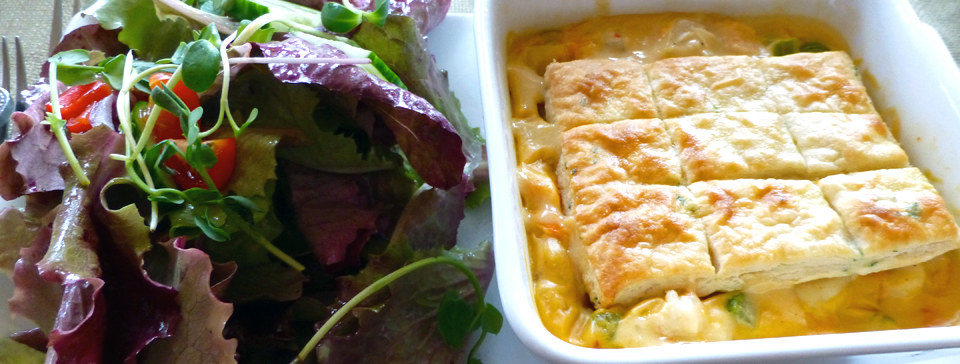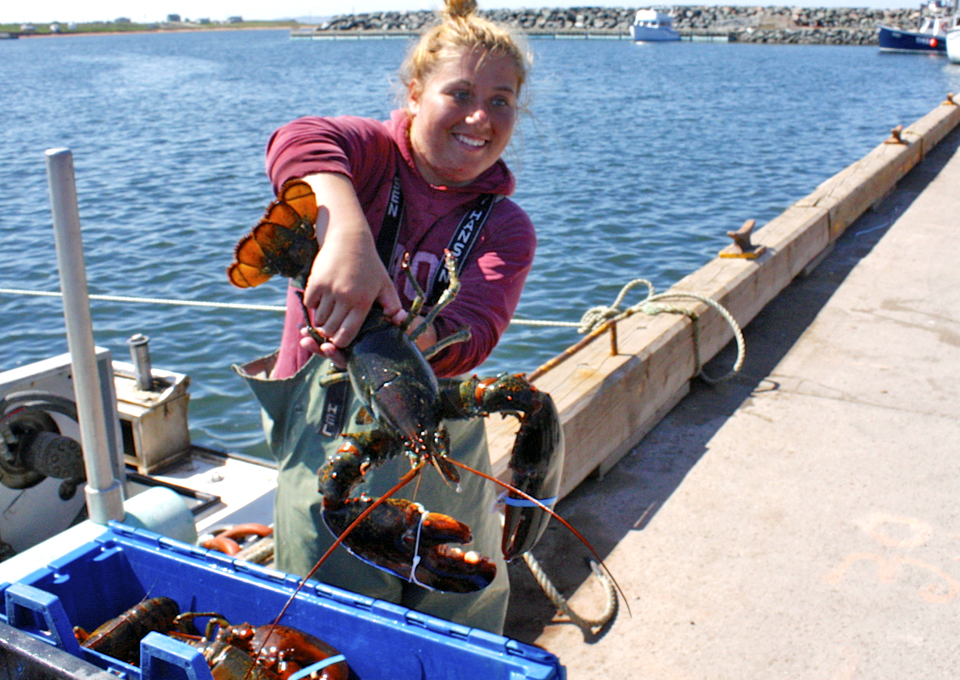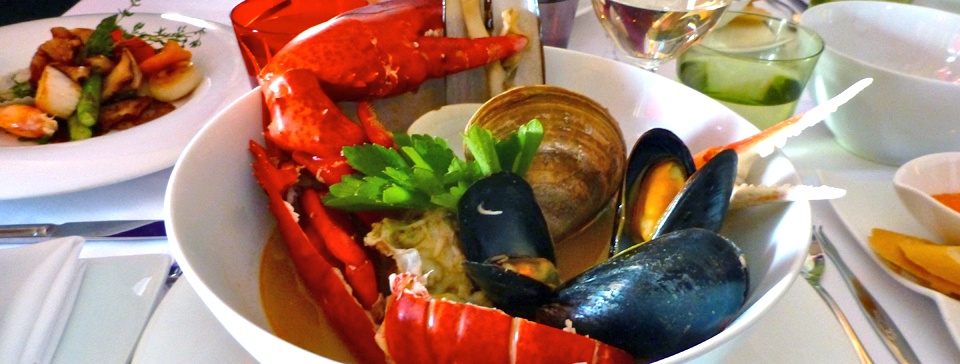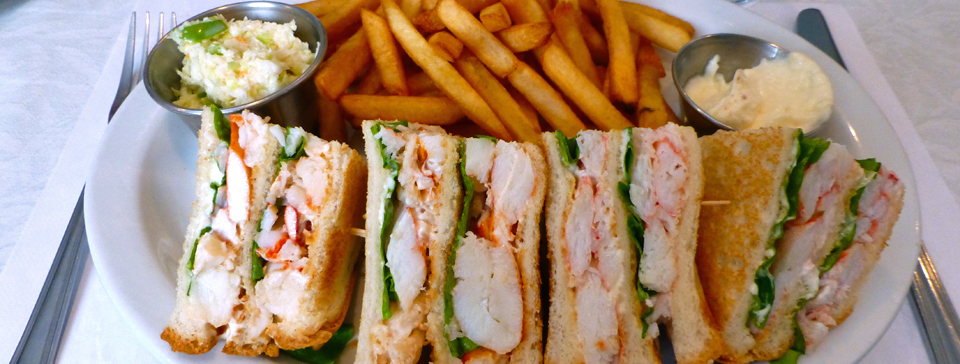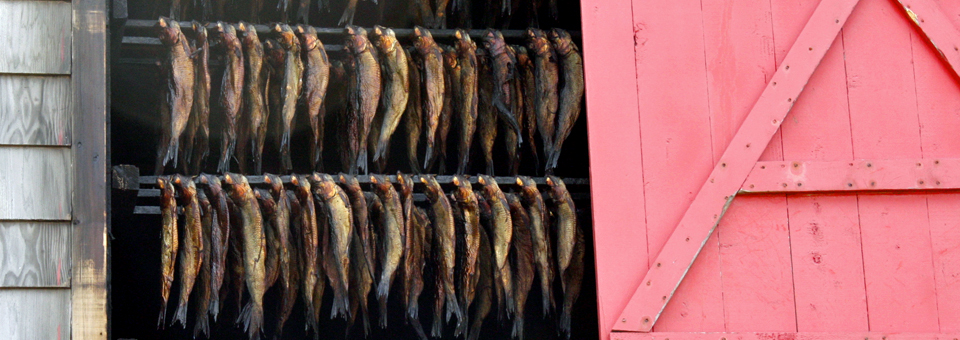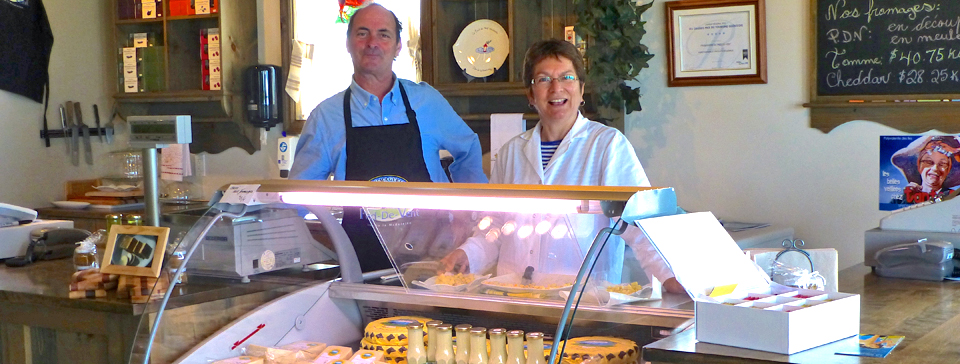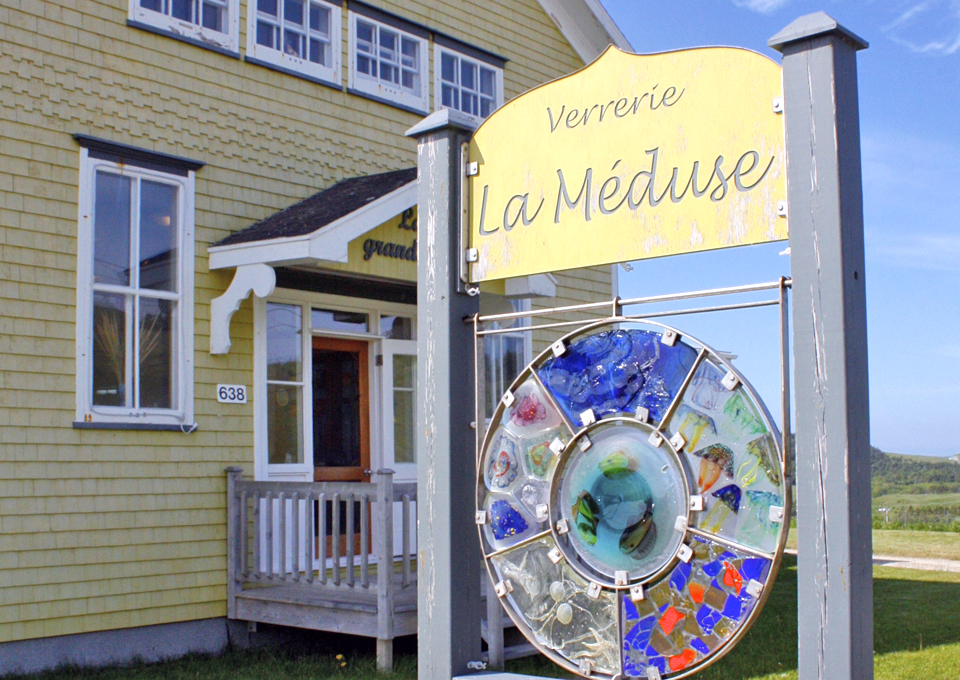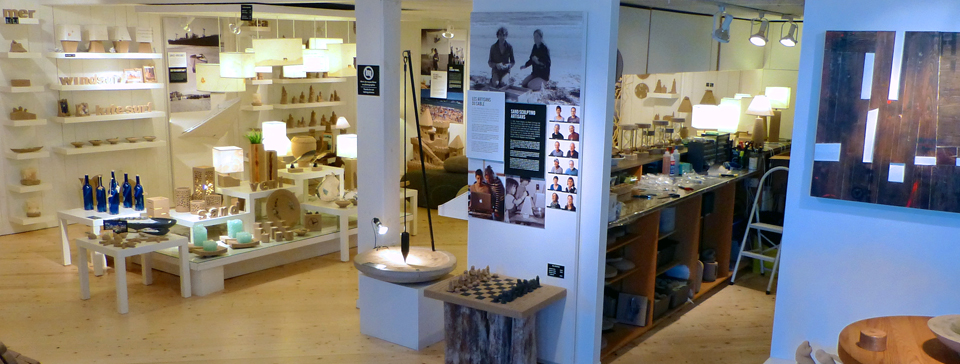Îles de la Madeleine: The Magdalen Islands
The heat wave at home made us even more appreciative of the gentle cooling breezes on the beach in the Magdalen Islands. We were told National Geographic named it one of the top beaches in the world, yet on this sunny 70-something degree day in June we had it all to ourselves.
The breezy Magdalen Islands, known to the French-speaking people of Canada’s Québec province as the Îles de la Madeleine, are ideal for wind sports. Windsurfers and kiteboarders are a common sight, and there always seemed to be at least one colorful kite in the air.
The thirteen islands and several islets of the Îles de la Madeleine archipelago are in the heart of the Gulf of St. Lawrence, where it meets the Atlantic Ocean. North of Nova Scotia, between New Brunswick and Newfoundland, and the easternmost region of the province of Québec, they are in the Atlantic Time Zone, and an hour ahead of the mainland.
The islands boast a bright color palette of blue skies, velvety green hills and valleys, soaring red sea-sculpted cliffs, white sandy beaches, and seemingly limitless shades of a cerulean sea. The wooden houses are painted vibrant colors.
The Mi’qmak Indians named the archipelago “Menagoesenog”, or “islands brushed by the waves”. In 1629, Samuel de Champlain labeled it “La Magdeleine” on a map. It’s also said the Îles de la Madeleine were named for Madeleine Fontaine, wife of François Doublet de Honfleur, who was granted the Islands in 1663.
Maps use the French names for the islands, but they also have English names. Île du Cap aux Meules, where the ferry docks, is also known as Grindstone Island for the island’s grindstone quarry. This capital of the islands is at the center of the archipelago. The tourist information center is in the bright yellow building with blue trim.
Just outside Grindstone, we spotted a man who sells mussels from his roadside truck. Bring your own bucket.
In 1955 six of the inhabited islands were linked by roads made of a chain of sand dunes now known as Route 199. The seventh, Entry Island, is accessible only by boat.
Accents that vary from one island to the other are remnants of their isolation over the years. In Havre-Aubert, “r”s are rolled. In Havre-aux-Maisons they are not pronounced at all!
Introductions here are made with a first name followed by “à” or “aux” and one’s father’s name, or perhaps a mother’s or grandparent’s name if they are better known. Family reputation lingers for generations.
We toured the islands with Autobus Les Sillons, a company that also offers guided tours originating in Québec City. Our guide, Claude, settled here from the Montreal area fifteen years ago. He is still referred to as “étranger” (stranger) or “Claude l’étrange” (Claude the Strange), for short, since he does not have local lineage.
Students attend university on the mainland. Most return here to raise their children.
It’s easy to see the attraction. This is a breezy island of fishing villages, pounding surf, and spectacular vistas of soaring sea-sculpted sandstone cliffs, dunes and lagoons, and miles of sandy beaches.
The power of the wind and waves is most evident in the sea-sculpted sandstone cliffs that sparkle with quartz and are the red color of iron oxide. Claude pointed out warning signs near edges where erosion has left little support below. Take a romantic stroll along the beach and you’ll find caves hollowed out by the waves, some etched with names and hearts.
The livelihood of most of the 15,000 Madelinots is based on the sea. Years of isolation from the mainland have made them resourceful. We saw men knee-deep in the water using toilet plungers to bring clams closer to the surface.
The Catholic tradition remains strong. The landmark Saint Pierre Church, built of wood from a shipwreck, is the second largest wooden church in Canada. A modern church is in the shape of a clam.
The nine week lobstering season goes on daily, except Sundays. Fish, snow crabs, scallops and other shellfish have a limited season or quota.
Île de la Grande-Entrée, or Grand Entry Island, has strips of land that reach out like arms to create a safe harbor for boats and ships. Boats here are named for the fishermens’ children and wooden lobster traps are still made by hand.
A bountiful catch comes into Grand Entrée Harbor, making this is the Lobster Capital of Québec. Sustainability is of utmost importance, and students take a three year course before becoming fishermen.
Sustainable agriculture is also expanding. Many products are marked “Le bon goût frais des (The good fresh taste of the) Îles de la Madeleine.”
Seals come to this region from late February and early March each year to give birth on the ice floes. The Centre d’Interprétation du Phoque (Seal Interpretive Center) tells the story of these aquatic mammals.
People fish in summer and hunt in winter. Walruses were hunted by the French, English, and Americans for over 200 years for their meat, fur, and valuable oil. By 1800 over 200,000 had been killed, and there were no more in the Magdalene Islands.
Millions of seals were hunted in Newfoundland and the Magdalen Islands from the mid-17th century to the mid-20th century. The oil was used in soaps, cosmetics, industrial oils, and foods.
Bridget Bardot brought media attention to the area’s seal hunting in the 1970s and was instrumental in the anti-fur movement. Locals feel strongly that they were misrepresented.
Commercial seal fishing has stopped, but regulated local hunts continue under controlled conditions, six seals allowed per hunting license.
Water, water everywhere: What to eat
Bouillabaisse, boiled lobsters, lobster clubs, scallops in goat cheese sauce, and the Îles de la Madeleine specialty seafood pie known as pot-en-pot aux fruits de mer…There is no shortage of savory creations based on the sea.
We were there for La Fète aux Saveurs de la Mer, the Flavors of the Sea Festival, a spirited event with live music, lobster rolls, smoked herring from the fumoir (smokehouse), palourdes (clams), fish and seafood patés from the poissonnière (fish shop), treats from the boulangerie (bakery), and local beer. There were croxignoles, a braided pastry cooked in seal oil. A boutique offered an array of kites and windcatchers, all awhirl in the breeze.
We continued to savor the flavors of the islands by visiting places where they are produced.
I was a bit wary, but the smoked herring at Au Fumoire d’Antan was quite a treat. It’s soaked in a brine then smoked for three months. Both dry or oily varieties have the consistency of beef jerky and are usually served with beer.
The company was founded by the great-grandfather of the present owners in 1925 as a salted fish operation and expanded by his grandfather to include a smokehouse. It closed in 1978 when the herring supply declined and reopened in the 1990s after the herring stock rebounded.
We sampled the raw milk cheeses at Fromagerie du Pied-De-Vent in Havre-aux-Maisons, owned by Jeremy and Lucie Arseneau. Brie-like Pied-de-Vent, which takes two months to ripen, is their specialty, and they make about 25,000 1 kilogram wheels a year. They also make the semi-hard Tomme des Demoiselles and Meuleron, a pasturized cheddar.
Lucie told us that when their heritage breed Canadian cows are outside–June through October–their diet of grass and flowers makes the milk yellow and gives the cheese a distinctive flavor. Milk is piped in from the adjacent farm, managed by their son Dominic. Cheese is made every day year- round, and visitors can watch the process through windows.
Île du Cap aux Meules is the site of Brewer Jean Sebastien Bernier’s À l’abri de la Tempête Microbrasserie. Local ingredients are used to create unique brews like Belle Saison, made with island wildflowers. Sea breezes impart a subtle saltiness to the locally sourced barley, and smoke-dried malt is from the local fumoire. Flowers, spices, herbs, and marine algae are freshly harvested to create award-winning products.
We tasted sea-sprayed and slightly salty sea parsley that grows like a weed throughout the islands. It’s said that the Irish brought the Vitamin C-rich plant with them to avoid scurvy while crossing the ocean.
Galleries
Seascapes as idyllic as these are bound to draw artists. We stopped at two popular galleries.
François Turbide’s glassblowing boutique, Galerie de La Méduse, is in an historic schoolhouse. We watched through windows as Sophie, who studied with François, created a signature glass paperweight that appeared to have a colorful jellyfish (medusa) inside. The shop has a wide assortment of colored glass jewelry and decorative items.
We saw black and magnetic local “magic” sand, star-shaped sand from Japan, and green sand from Hawaii, the favorite of Pauline Gervais-Gregoire, daughter of the founders of Artisans du Sable. Pauline creates castles and clocks, lamps, chess sets, and even cremation urns from sand that is blended with a special resin for durability. It’s at the entrance to the historic seaside road of little shops, cafés, and museums at la Grave at Havre-Aubert. Pauline’s, parents Nicole Grégoie and Albert Cummings, founded the islands’ popular Sand Castle Festival five years ago.
Best bets
Bakery: Chez Helene in Havre aux Maisons.
Dinner: La Table des Roy, L’Étang-du-Nord. Innovative, creative cuisine and presentation. Don’t miss the bouillabaisse and maple soufflé.
Accommodations:
The highly rated La Butte Ronde, in a former schoolhouse in Havre-aux-Maisons, is at the foot of the Round Mound for which it is named. There’s a stunning view of the Îles de la Madeleine archipelago. Each of the five spacious rooms has a private bathroom, bathrobes, aromatherapy and more. Hosts Ghislain Boudreau and Guy Martineau serve an elegant gourmet breakfast of local ingredients and will make advance reservations to local events. Guests relax and indulge with chocolates in the foyer, a grand piano in the living room, bicycles, and massages available on site.
For families or those seeking adventures, a best bet is Auberge La Salicorne in Grande-Entrée. The 26 comfortable rooms have private bathrooms, and rooms facing the sea have a view of fisherman heading out to sea in the early morning. A number of packages are offered that include island tours, kayaking, nature hikes, and more. The Seal Interpretive Center is on site. Childrens’ programs include meeting a local child to learn about island life.
The historic Domaine du Vieux Couvent in Havre-aux-Maisons.has a spectacular view of the sea and is one of the island’s only stone buildings. There are newly renovated rooms in the old convent and rental apartments in the presbytery.
How to get there
By sea: The ferry runs from Montréal, Prince Edward Island, and Chandler.
CTMA runs a one week cruise from Montreal past Québec City along the St. Lawrence River to the Îles de la Madeleine, arriving Sunday morning. It stops in Percé and in Québec City on the return trip. A Saturday overnight sailing from Chandler is also available.
By air: Air Canada operates direct flights from Boston to Montreal. There are daily flights to the Îles de la Madeleine from Montréal, Québec and Gaspé.
The Montreal Airport Marriott Hotel is linked to the airport. Concierge level rooms include a dinnertime buffet, more sweets later, and a buffet breakfast.
By coach: Autobus les Sillons offers a 6 day/5 night Discover Magdalen Islands tour that departs Fridays from Québec City and Saturday from the maritime provinces. www.autobuslessillons.com
Auberge La Salicorne, listed above under accommodations, offers packages that include activities and a tour of the island, as well as transportation from Québec or Montreal–air with Pascan Airlines.
July and August are popular months with Canadians from Montreal and Québec. If you choose to visit during this time, be sure to reserve well in advance.
More information, go to Tourism Gaspé,Québec Maritime Provinces, or Québec Tourism

